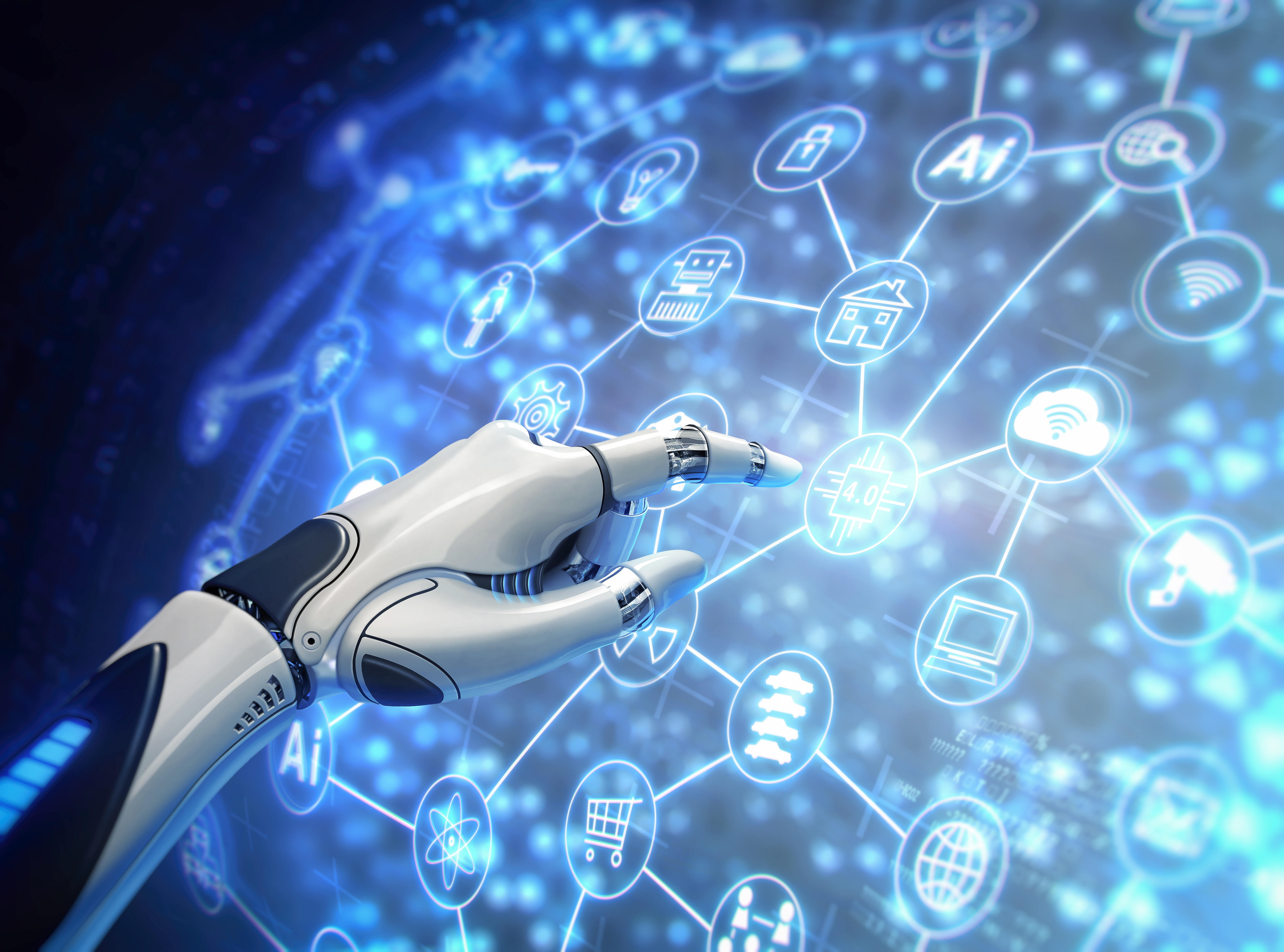Today, Artificial Intelligence (AI) still feels pretty new, yet in the years ahead, like electricity, it will become part of the fabric of everyday life. It’s already changing our lives for the better, and in many ways you might not expect. If you have a computer, smartphone, or other smart device, you’re using AI.
Here are three ways that AI is being used to benefit the larger public.
1. Making technology accessible to everyone
AI, developed and applied correctly, can be a great equalizer. Easy-to-use and easy-to-understand voice-enabled platforms are helping to ease daily interactions with technology for older people and for those who are not tech-savvy, or literate. Think about it – the device is always there, ready to listen and answer questions. Language translation capabilities also allow AI technologies to translate audio into different languages, and into text, helping those who are deaf or experiencing hearing loss.
Research from Salesforce shows that already 75% of business buyers say emerging technologies such as chatbots and voice assistants are changing their expectations of companies. In future, you can expect voice technology to be an integral part of apps that companies offer, making it easier for customers of all backgrounds to use, and reframing the way we engage with technology.
2. Personalising kids’ education
Increasingly, AI systems are being used in schools to personalise lessons. By recognising and addressing common mistakes made by students in answering set questions, teachers can deliver activities paced to a learner’s abilities and ensure no kid is left behind.
The potential for combining AI and augmented reality (AR) assistance in the classroom could be revolutionary. By allowing teachers to monitor students’ progress in real time – being picked up and projected above students’ heads – visible only to the teacher wearing AR-powered glasses, teachers will be able to pinpoint who may need a more challenging assignment and who needs their attention.
3. Tracking and protecting endangered species
Using AI to visually identify the presence of great white sharks near popular beaches might not immediately come to mind when you think of AI. By using drones and analysing video footage in real-time, and training algorithms – ordinarily used for visual search, brand detection, and product identification – we can pick up and recognise the unique attributes of sharks or other endangered animals.
Each of these examples shows how AI is being used for good. They also show how crucially important it is that technology evolves with purpose, is provided – effectively trained – with correct data, and is nurtured with values.
As governments across the globe consider their own ways to mitigate the risks of new technologies, it’s imperative that the public sector and businesses work together to ensure a values-driven approach to the design and use of AI.










Discussion about this post